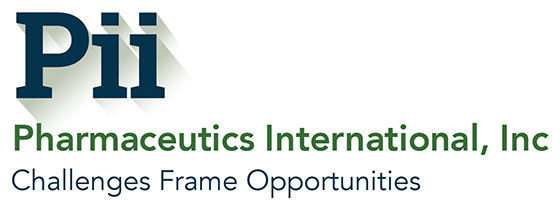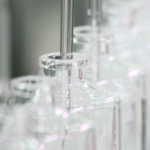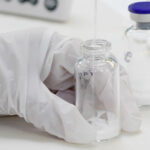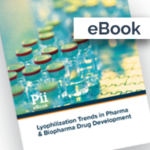Parenteral Drug Manufacturing — Innovation Begins with a Problem
Parenteral Drug Manufacturing — Innovation Begins with a Problem
By Dr. Thomas S. Ingallinera, R.Ph., Ph.D.
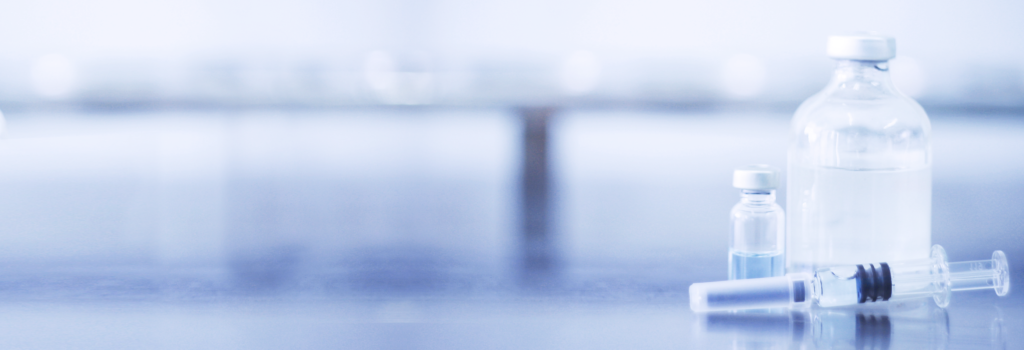
If you google search “how to innovate” you will receive about 55 million results. One can easily access articles and purchase books that offer rules, steps, essentials, keys, methods, guidelines, regulations, policies, techniques, and best practices related to innovation. Do you think we have an innovation obsession?
In my 40-plus years of experience in the pharmaceutical industry, I have learned that innovation is fundamentally about solving problems and driven by three essentials applied in harmony: experience, reasoning, and creativity. At Pharmaceutics International, Inc. (Pii) we have a motto, “challenges frame opportunities” and every innovation in which I have been involved, started with a challenging problem.
Developing manufacturing processes for complex parenteral drug formulations often presents some of the most challenging problems pharmaceutical scientists and engineers face and can lead to the most interesting innovative solutions. Effectively employing the three problem-solving essentials—experience, reasoning, creativity—can be the catalyst for success.
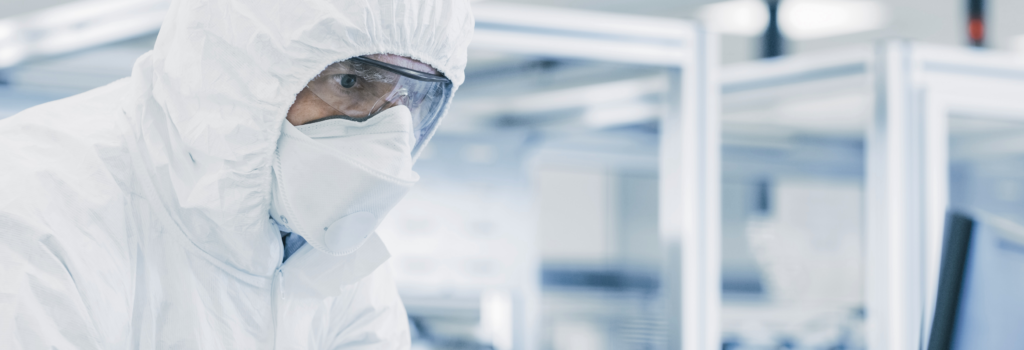
Experience, Reasoning and Creativity
One can argue that experience can stifle creativity, and creativity without experience can be chaotic and lack a useful outcome. However, when linked by reasoning, experience and creativity can be a powerful force for problem-solving.
When problem-solving, reasoning moves us from problem to solution in an informed, logical way. It also helps us break free from experiences that can be restricting and adds discipline to our creativity, especially when neither is aligned with an outcome.
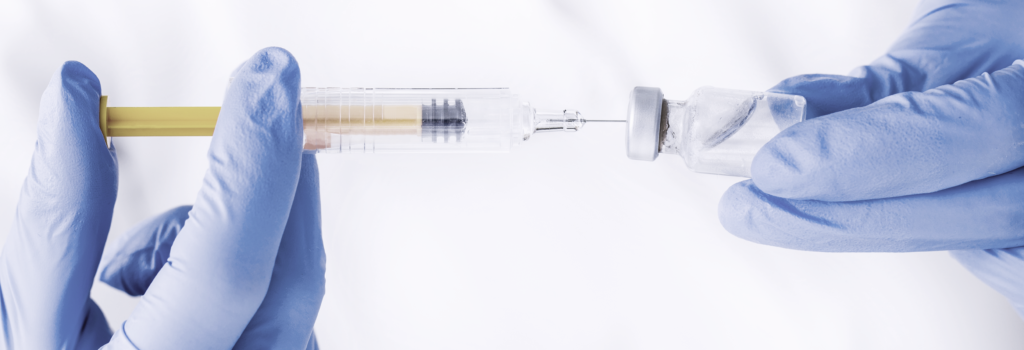
The Challenges of Viscous Injectables in Tiny Doses
Experience tells us that non-aqueous injectable drugs pose a number of challenges. Experience alone might lead us to avoid working with these viscous formulations, but when paired with reasoning and creativity, these challenges can be overcome.
I recently worked on a project for a non-aqueous, extended-release injectable drug product. A drug delivery formulation company had developed a product that required a 1ml fill in a syringe, but initial clinical trial data indicated the dose of the drug needed to be reduced to 0.2ml per fill which created some challenges. Standard fill-finish lines are not capable of meeting this criterion and the drug product was extremely expensive.
Using reasoning, we quickly concluded that a course of action focused on modifying the formulation would be complex, expensive, and time-consuming. Rather, we explored ways to modify the filling line and were successful in having the equipment manufacturer design and build a customized rotary piston pump to dispense the very small amounts of drug product. This turned out to be a quick and fairly simple solution that kept the project on track.
The Problem of the Patented Buffer System
Some challenges I have faced have been less scientific yet lead us to scientific solutions. We had the opportunity to work with a drug company that had developed an incredibly important therapeutic product to protect children undergoing certain types of chemotherapy from permanent damage,
The drug formulation presented a number of challenges including filtration problems, the need for a customized vial that could be hung on the patient, formulation incompatibility problems, and the need for special glass containers that would withstand high pH levels and prevent glass particles from forming in the product. All of these challenges were overcome in a timely, effective way employing a variety of skills across our organization to include formulation scientists, process engineers, supply chain experts, acquisition specialists and quality experts.
One of the more notable challenges, a legal issue, was an intellectual property limitation in the formulation itself: the buffer was under patent and using it would be a violation. Even though this began as a legal business problem, we solved it with science. The developed buffering system was critical and the precise interaction between the buffer, pH levels and terminal sterilization of the formulation prevented the rapid degradation of the drug product. Finding the solution led us back to the formulation and we identified an alternate buffer that provided the necessary stability for the drug and meet a critical product pre-launch deadline.

Innovation is Problem Solving
Sometimes I think we have a bit of an innovation obsession in our society including the pharmaceutical industry. My experience has shaped me to believe that innovation is problem solving. Reasoning allows us to blend our experience with creativity to solve problems. At Pii we believe that challenges frame opportunities and lead us to innovative solutions to the biggest problems we and you face.
Talk to a Pii Scientist
ABOUT Pii
Pharmaceutics International, Inc. (Pii) is a US-based contract development and manufacturing organization (CDMO) located in Hunt Valley, Maryland. The experienced scientists, engineers, and staff at Pii pride themselves on adroitly employing a phase appropriate method of drug development for the prudent use of their customer’s resources as they solve challenging problems. In addition to offering end-to-end development services, Pii manufactures a variety of dosage forms to include complex parenteral drugs and has a wealth of analytical testing capabilities. Its Hunt Valley campus has four aseptic suites with lyophilization capabilities. Our talented professionals stand ready to help!
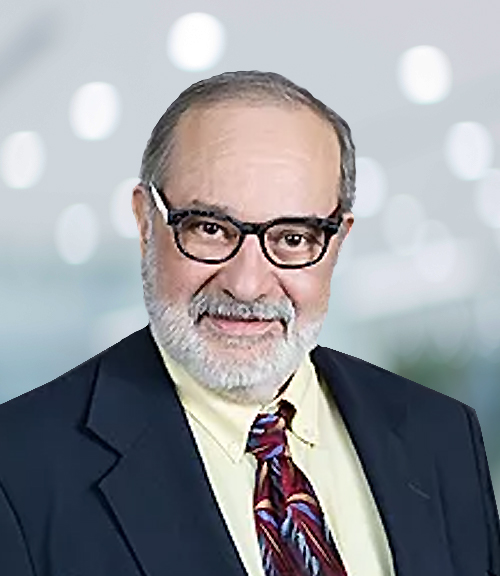
Thomas Ingallinera, R.Ph., Ph.D.
Dr. Thomas Ingallinera is a professional consultant for Technical Support at Pharmaceutics International, Inc (Pii) and one of Pii’s talented subject matter experts whose purpose is to solve problems. Dr. Tom has over 40 years of experience in pharmaceutical development, with an expertise in complex dosage forms. He has advised on product development programs across the continuum, from pre-formulation through commercial production. He has worked at several leading pharmaceutical companies including BioCryst Pharmaceuticals, Parenta Pharmaceuticals, AAI Pharma, Genzyme, Burroughs Welcome, and A.H. Robins. Dr. Ingallinera has a B.S. in Pharmacy with a Ph.D. in Pharmaceutics from Virginia Commonwealth University. Dr. Tom also serves as a member of the Technical Advisory Group for the Bill and Melinda Gates Foundation.
